#Smoked Paprika
Photo

Smoked deviled eggs
#deviled eggs#egg#bacon#appetizer#food#eggs#smoked paprika#brunch#dijon mustard#green onions#low carb#mayo#mayonnaise#tasty#foodporn#delicious#cooking#food photography#foodgasm#recipe
635 notes
·
View notes
Photo
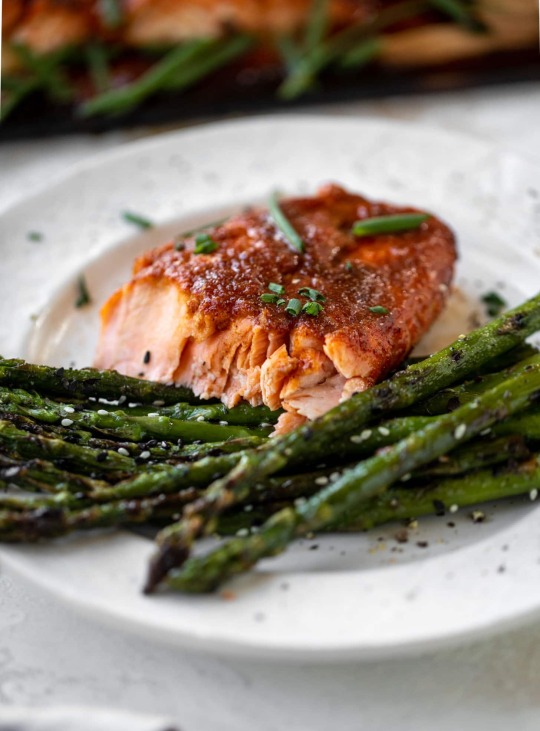
smoky sweet salmon with sesame asparagus · how sweet eats
#smoky sweet salmon with sesame asparagus#smoky sweet salmon#salmon#sesame asparagus#cedar plank salmon#cedar plank#dijon mustard#mustard#brown sugar#smoked paprika#garlic#chives#asparagus#sesame oil#garlic powder#sesame seeds#seafood#fish#food
417 notes
·
View notes
Text
Recipe for Spicy Shrimp Tacos
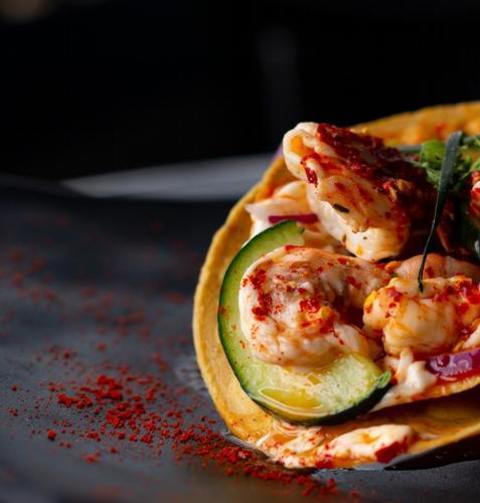
Made with Corn Tortillas, Avocado, Lime, Cayenne Pepper, Chili Powder, Deveined Shrimp, Salt, Smoked Paprika, Olive Oil, Garlic Powder, Cilantro, Red Cabbage. These Spicy Shrimp Tacos are ideal for a quick dinner. The shrimp are seasoned with a spicy blend of spices, and the avocado and red cabbage add a refreshing crunch. For a burst of fresh flavor, serve with a squeeze of lime juice.
20 notes
·
View notes
Text


toast with black garlic miso butter, under sunny egg, kewpie mayo, smoked paprika, and chili crisp
october 26th, 2023
8 notes
·
View notes
Text





DP in Hammer City ON
2 notes
·
View notes
Text
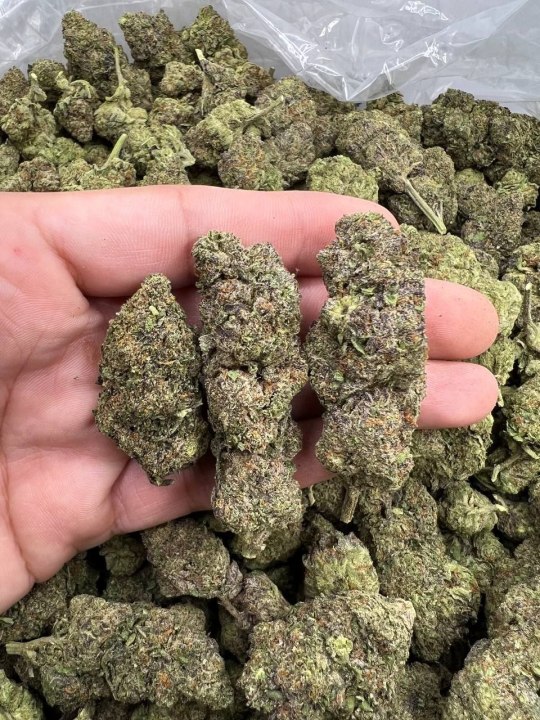
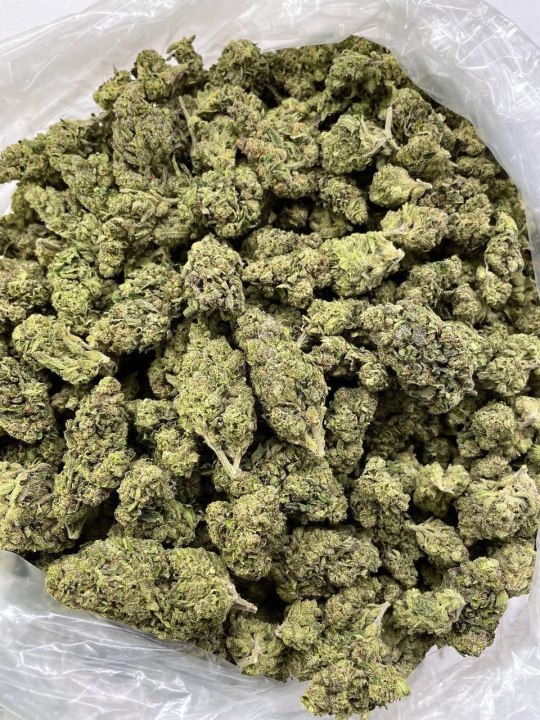
Most reliable source online to order your stuff's
delivery 📦🏷️🚚
world 🌎 wide 🤝 fast and secure
#men smoking#smokin#smoki#smoke weed and fuck#smoke show#smoked paprika#bearded smoker#girls who smoke cigarettes#smoke a joint#mk1 smoke
4 notes
·
View notes
Photo

Prawn and chorizo kebabs with smoked paprika mayo
#food#foodporn#food photography#kebabs#prawns#chorizo#mayo#smoked paprika#smoked paprika mayo#prawn and chorizo kebabs with smoked paprika mayo
15 notes
·
View notes
Text

Slep
4 notes
·
View notes
Text
Mexican Street Tacos Recipe
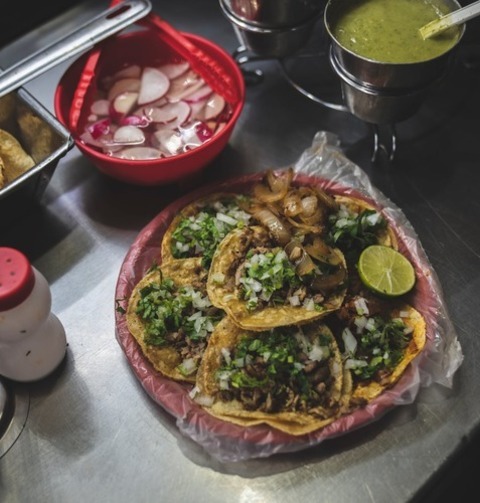
Chili Powder, Cilantro, Garlic Powder, Salt, Ground Cumin, Cotija Cheese, Olive Oil, Onion, Smoked Paprika, Tomato, Lime, Black Pepper, Corn Tortillas, Flank Steak. These flavorful and simple Mexican street tacos are ideal for a quick weeknight dinner or casual get-together. For a spicy kick, the flank steak is seasoned with chili powder, cumin, smoked paprika, and garlic powder before being served on warm corn tortillas with fresh toppings like diced onion, tomato, and cotija cheese. Each taco gets a bright, tangy finish from a squeeze of lime.
2 notes
·
View notes
Photo

charred baby bell peppers with burrata · half baked harvest
#charred baby bell peppers with burrata#charred baby bell peppers#baby bell peppers#bell peppers#charred peppers#olive oil#honey#roasted pistachios#pistachios#lemon#champagne vinegar#chives#basil#bell pepper#smoked paprika#chili#ciabatta bread#bread#ciabatta#burrata cheese#cheese#burrata#food#vegetarian#salad
623 notes
·
View notes
Photo
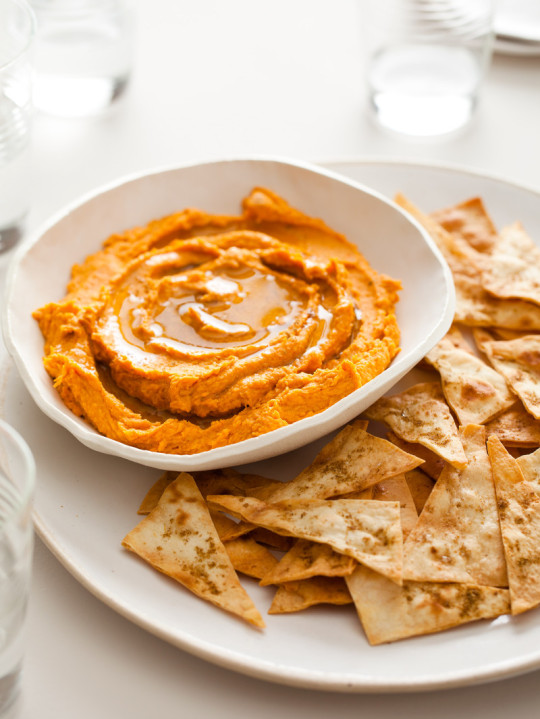
Sweet Potato Hummus and Cumin Flatbread Chips
#eato#sweet potato#beans#garbanzo beans#tahini#olive oil#garlic#lemon#cumin#smoked paprika#paprika#cinnamon#cayenne pepper#nutmeg#pepper#flatbread chips#food#savory food#yummy#tasty#hummus#delicious#appetizer#appetizers
10 notes
·
View notes
Text


I love couples! They’re so cute!
3 notes
·
View notes
Text



hollandaise egg toasts with smoked paprika and scallions
november 21st, 2023
3 notes
·
View notes
Text
Paprika the Spice: A Flavorful Journey
Culinary experts here would know the importance of spices for every cuisine. Some add flavor, some are good for their aroma, some extend a vibrant color and some do all three of these. One such spice that is a pantry staple around the world now is Paprika. While some may argue that paprika is mostly known to be sprinkled over dishes, this global spice has culinary uses that extend well beyond the seasoning of fried chicken.
What is Paprika?
Paprika is a brilliant, scarlet-colored spice made from finely ground red peppers that were allowed to ripen on the vine. Paprika is best known as a mild-flavored spice. This Paprika though often sweet and mild, does have some varieties that are spicy and hot or flavored with smoke.
Paprika can be made from several different varieties of the chile pepper family Capsicum Annuum, though the different peppers all tend to be of the relatively long, tapered kind with thinner flesh. Fat, thick-fleshed sweet peppers, like a standard Bell pepper that you’ll find in your average grocery store, often don’t dry well enough to make a ground product and are prone to mold. They are valued for their bright red color as much as--or even more than--their flavor. The American Spice Trade Association, or ASTA, came up with a scale to measure paprika's color. The ASTA score goes from 50-180; 85 is a standard-grade color value. As the numbers go up, the color of the paprika is more saturated and vibrant.
Origins of Paprika
While paprika is closely linked with Hungary and Hungarian cuisine, paprika peppers did not arrive in that part of the world until the mid to late 16th century. The origin of all peppers can be traced to South America, where they grew wild and were distributed throughout South and Central America, mostly by birds. Capsicum Annuum species are indigenous to Central Mexico and have been in cultivation for centuries. Early Spanish explorers took red pepper seeds back to Europe, where the plant gradually lost its pungent taste and became "sweet " paprika.
When Christopher Columbus landed in the Bahamas in 1492, he was the first European to have an encounter with any sort of chile pepper plant. He brought the ancestor of all paprika back with him to Europe and specifically to his patrons, the Spanish monarchs Ferdinand and Isabella who sent them further along across Spain and Portugal. From there, chile peppers made their way across Europe. Some peppers stayed spicy, like those in Calabria, but other European cultures experimented with their breeding and created the sweet and flavorful varieties of peppers that give us paprika today.
Paprika is considered the national spice of Hungary, where it was introduced by the Turks in 1569. Hungarian paprika is available in eight different varieties ranging in color and pungency. In 1937, the Hungarian chemist Albert Szent-György won the Nobel Prize for research on the vitamin content of paprika. Pound for pound, paprika has a higher content of Vitamin C than citrus fruit.
Today, Hungary, Spain, South America, the Mediterranean, India, and California are all major producers of paprika.
Health Benefits of Paprika
This bold red spice has plenty of health benefits, thanks to the valuable nutrients and natural compounds contained in the peppers used to make the spice. Paprika is particularly rich in vitamin A, vitamin B6, and beta-carotene, which can help maintain healthy skin. Paprika also has high levels of potassium, which can help to increase blood flow and reduce blood pressure. Also rich in copper, iron, and vitamin E, paprika can help to increase new red blood cell formation.
Types of Paprika
There are three different types of paprika; this spice is either sweet, hot, or smoked. Understanding these three characteristics often helps determine where a particular kind of paprika is from. Here we’ll explore the difference between the varieties of paprika while highlighting a couple of recipes that put certain types to use.
Sweet Paprika
Sweet paprika or simply paprika is the most common variety available.
Most Capsicum annuum plants produce sweeter peppers, more so when grown in cooler climates. The heat of various chili peppers is concentrated in their seeds, and sweet paprika is typically ground only from the flesh of the pepper without including its seeds. The “sweetness” of sweet paprika is subtle, however, and should not be treated as something that adds perceptible sweetness to a dish. The naturally earthy tones of paprika are supported by a round richness of flavor in sweet paprika, rather than sharpness, smoke, or heat. Add paprika, cayenne pepper, onion powder, and garlic powder to season the flour with fried chicken and get a unique color to this scrumptious meal.
Use Bayara paprika which is delicious when added to cheeses, chicken, duck, and egg dishes, especially deviled eggs, hors d'ouvres, rice, salads, smoked foods, vegetables, and cottage cheese. It’s also terrific in salad dressings, where it not only adds color but also acts as an emulsifier.
Hungarian Paprika
Hungary’s national dish — chicken paprikash — is built around paprika, so the cultivation of peppers for use in Hungarian paprika is a serious business. Technically, there are about seven different varieties of paprika made in Hungary, with such labels as Noble Sweet and Pungent Exquisite Delicate, They range from különleges, sweet and mild, and a brilliant red, to erős, which is spicy and a dusky orange-brown color that can be as hot as the hottest jalapeno, so if you’re spice shopping in Hungary proper, you might want to find a Hungarian resident to guide you.
In a typical chicken paprikash preparation, paprika typically functions as a rub for the chicken skin, which then combines with a tomato, mushroom, and sour-cream-based sauce for a rich, earthy, and bright flavor.
Hungarian Paprika is often found in casseroles, white cheeses, chili, egg dishes, marinades, salads, and stews and it also goes well with most vegetables and rice dishes.
Smoked Paprika
Paprika naturally brings a little smoky character to the table with its distinctive, complex flavor. In smoked paprika, however, this is intentionally amplified by actually smoking the peppers during the drying process. Much like its spicier cousin, this sweet paprika is made by drying freshly-harvested, ripe, red peppers in low-lying, adobe smokehouses.
Smoked paprika is a great component to use in place of smoked meats in vegetarian versions of dishes such as baked beans or stewed greens. It can also tease out smoked barbecue flavor when an actual smoker isn’t available. It’s also wonderful in Spanish-style stews, on roasted chicken or fish, and in a classic Spanish romesco sauce, blended from tomatoes and bell peppers and thickened with bread and almonds. Try Bayara smoked sweet paprika to maximize your meals’ flavor.
Pro tip:
Gently heating (or blooming) the paprika in oil releases its flavors, a practice well-known in Hungary.
Unless a recipe specifies otherwise, you’ll maximize your flavor with paprika by adding it later in the cooking time. Prolonged exposure to high temperatures can degrade both the color and the flavor of paprika, creating a less attractive dish.
Common spices and herbs to pair with paprika are garlic, onion, saffron, ginger, allspice, turmeric, caraway, cumin, black pepper, oregano, marjoram, parsley, rosemary, and basil.
There is a wide range of flavor expressions just within paprika: sweet, earthy, smoky, slightly bitter, and fiery flavors. Bayara carries a fantastic range of paprika online that adds vitality to any dish.
2 notes
·
View notes
Text
Recipe for Marinated Baby Octopus Stew
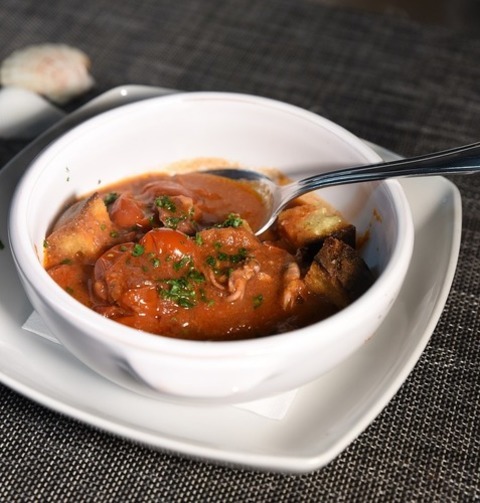
Made with Red Wine Vinegar, Red Bell Pepper, Salt And Pepper, Garlic Cloves, Smoked Paprika, Dried Oregano, Tomato Paste, Onion, Olive Oil. Marinated Baby Octopus Stew is a flavorful and delicious way to enjoy tender baby octopus. The octopus is marinated in olive oil, wine, vinegar, and spices, which imparts a rich flavor. It's then cooked with onions, garlic, and bell pepper until tender and flavorful. Serve this stew hot with crusty bread for a filling and tasty meal.
4 notes
·
View notes
